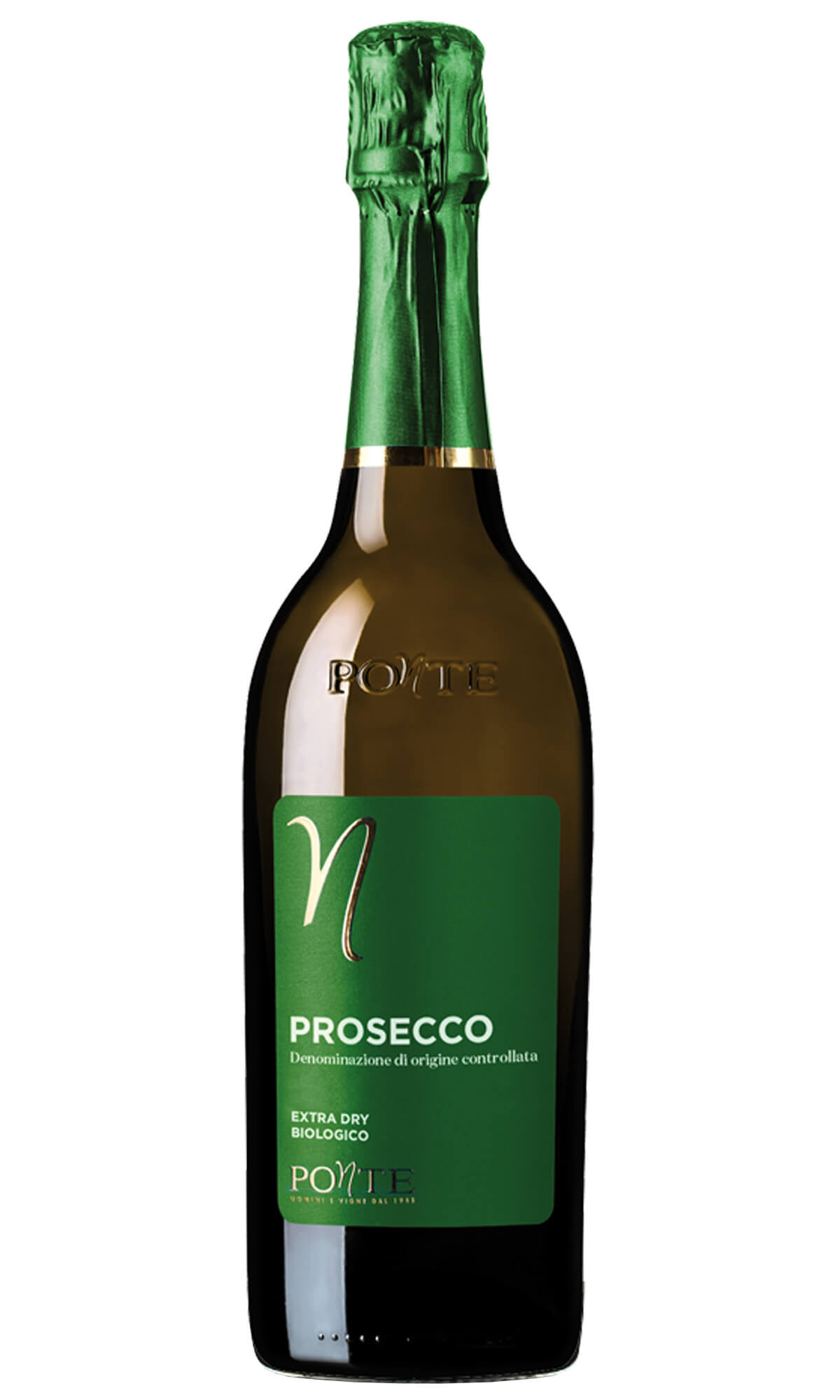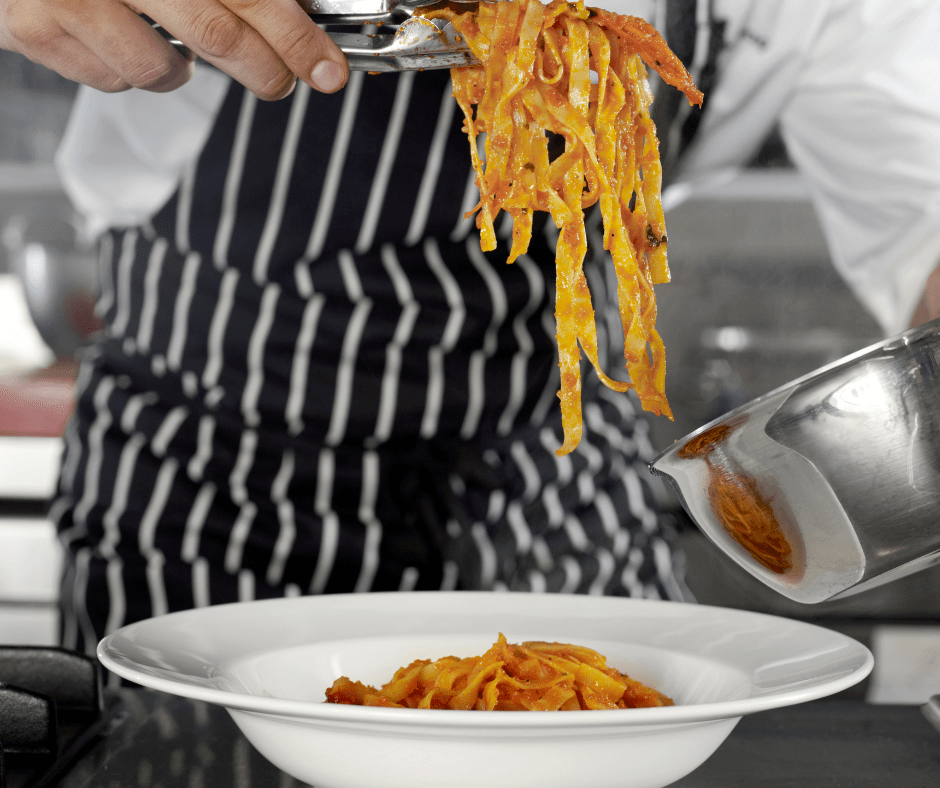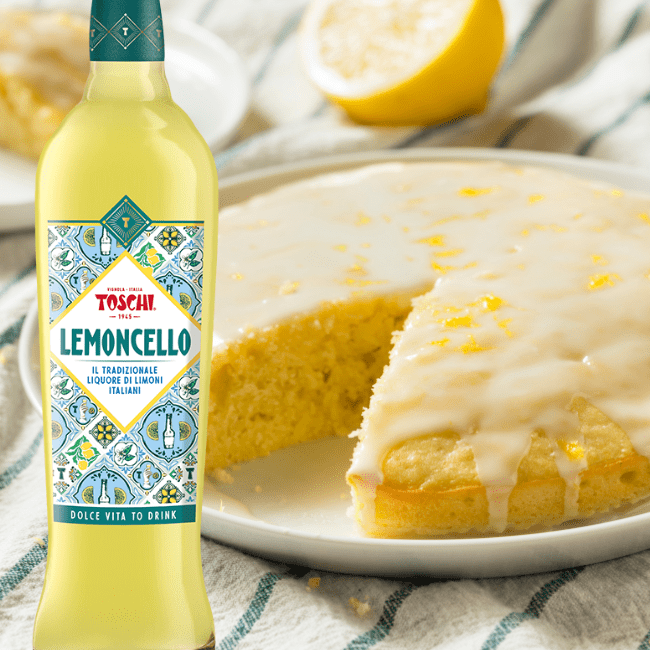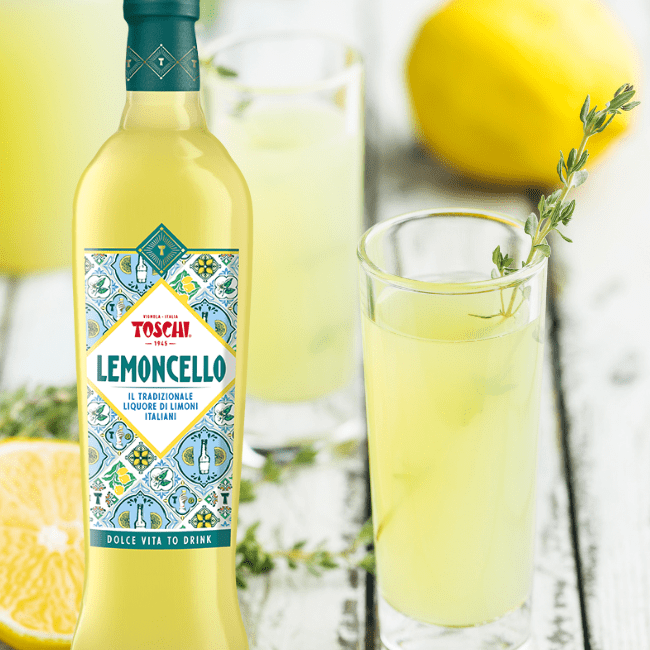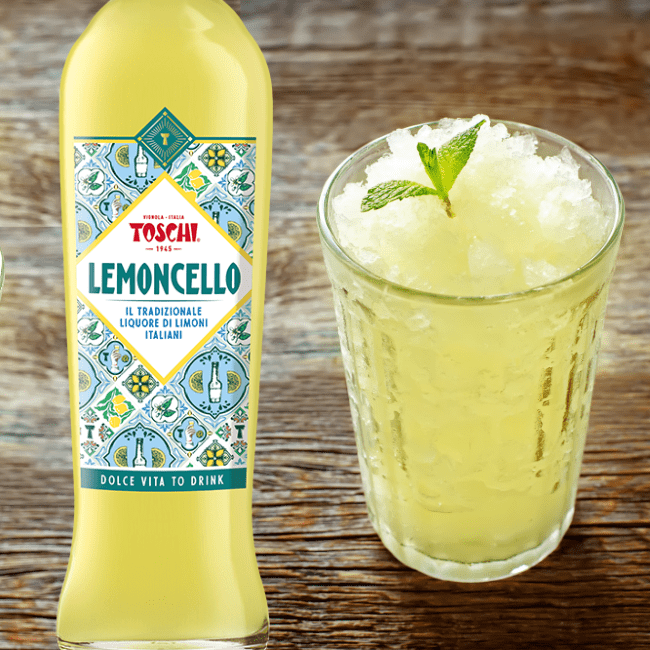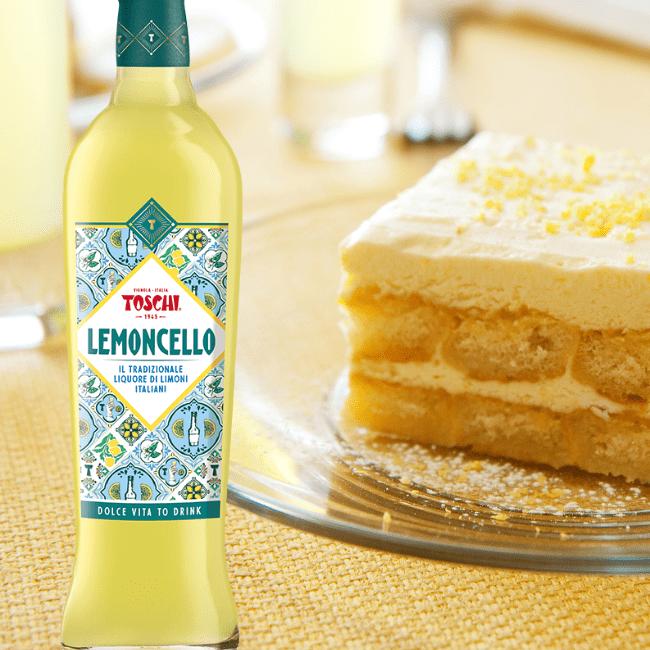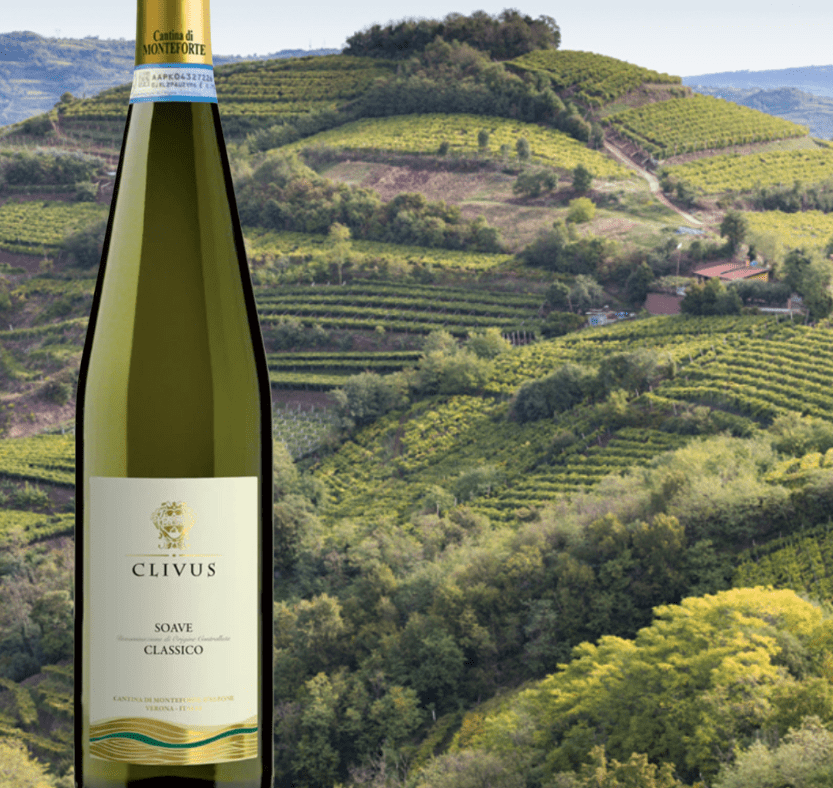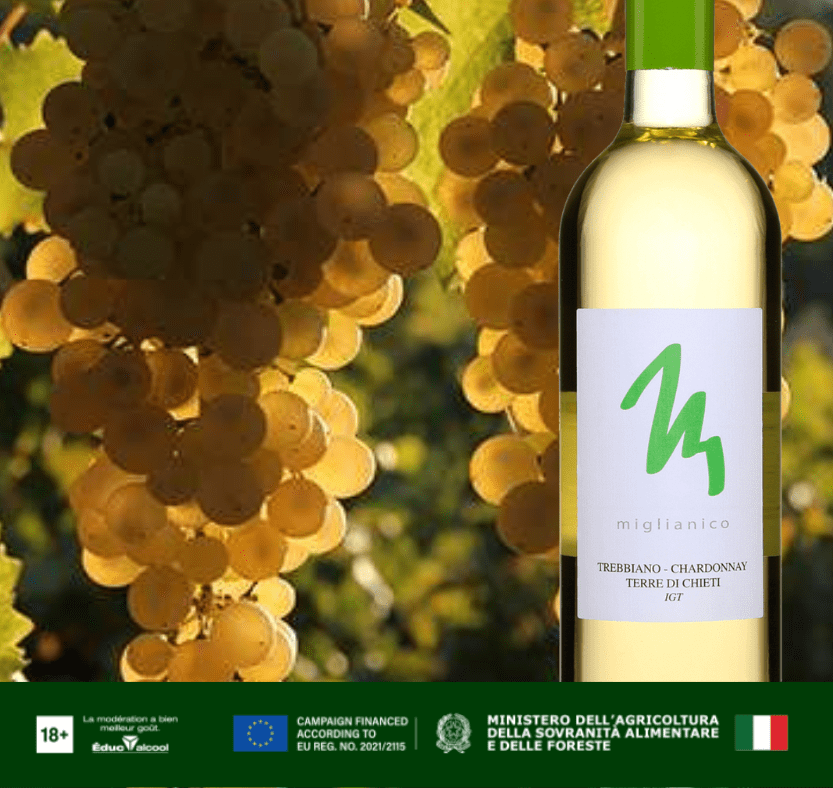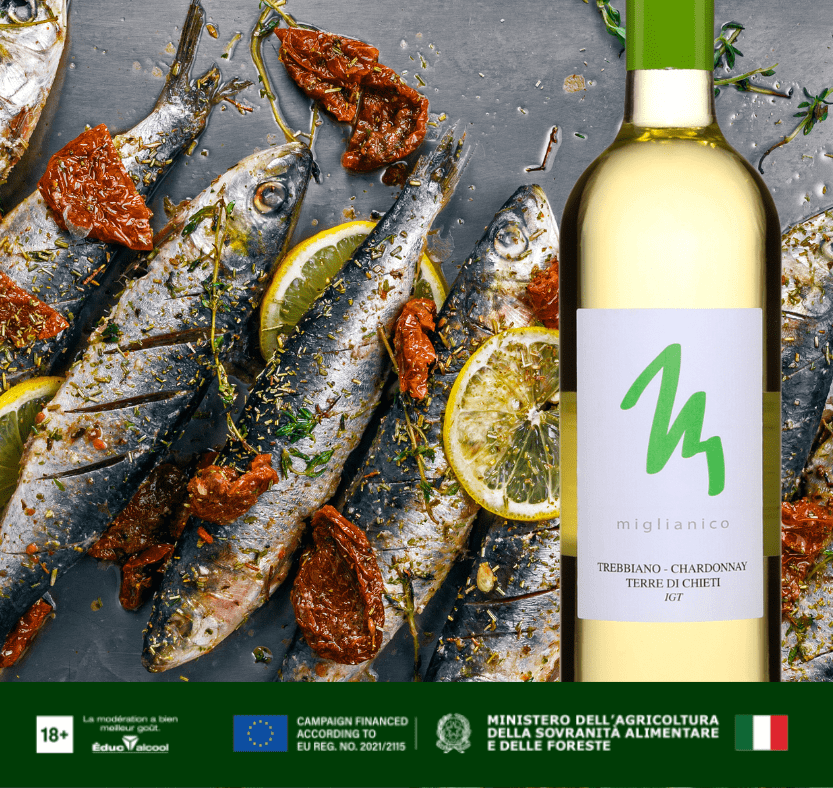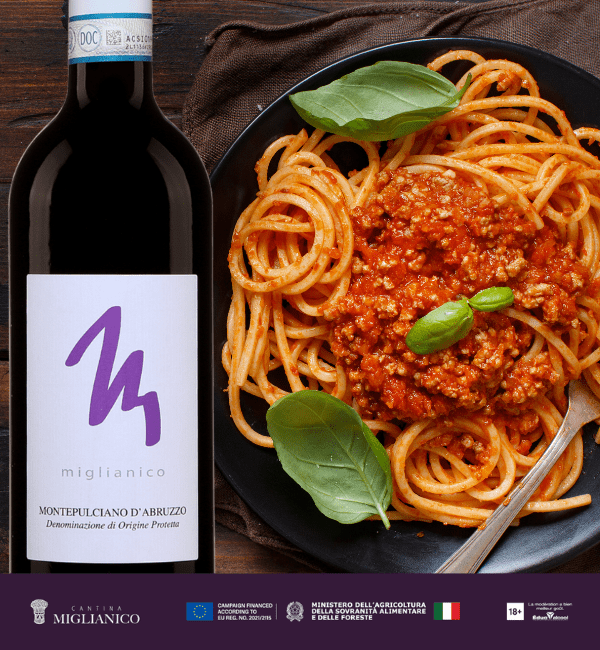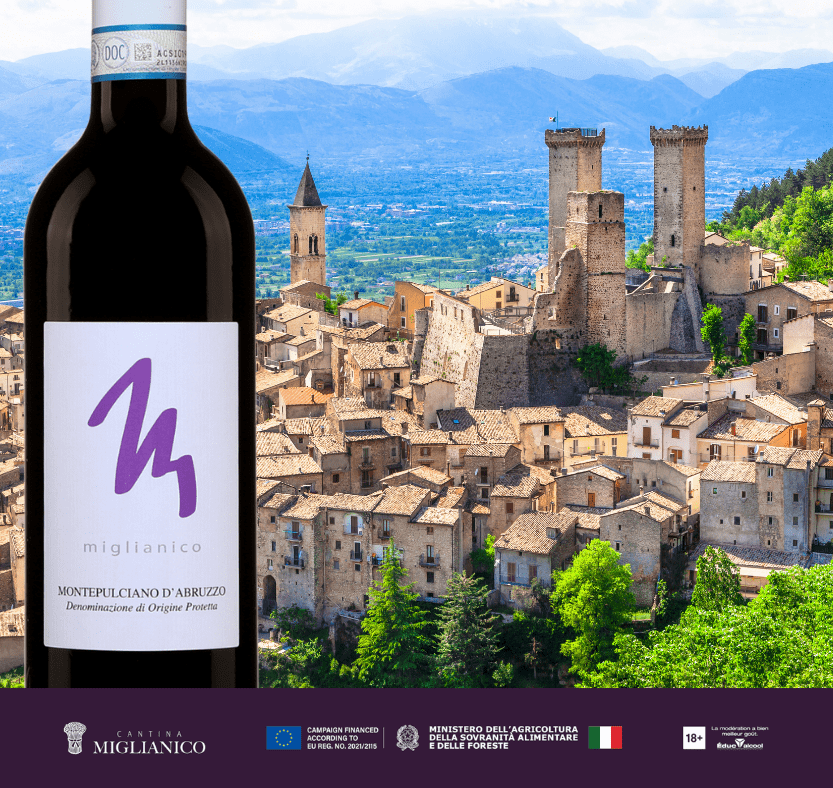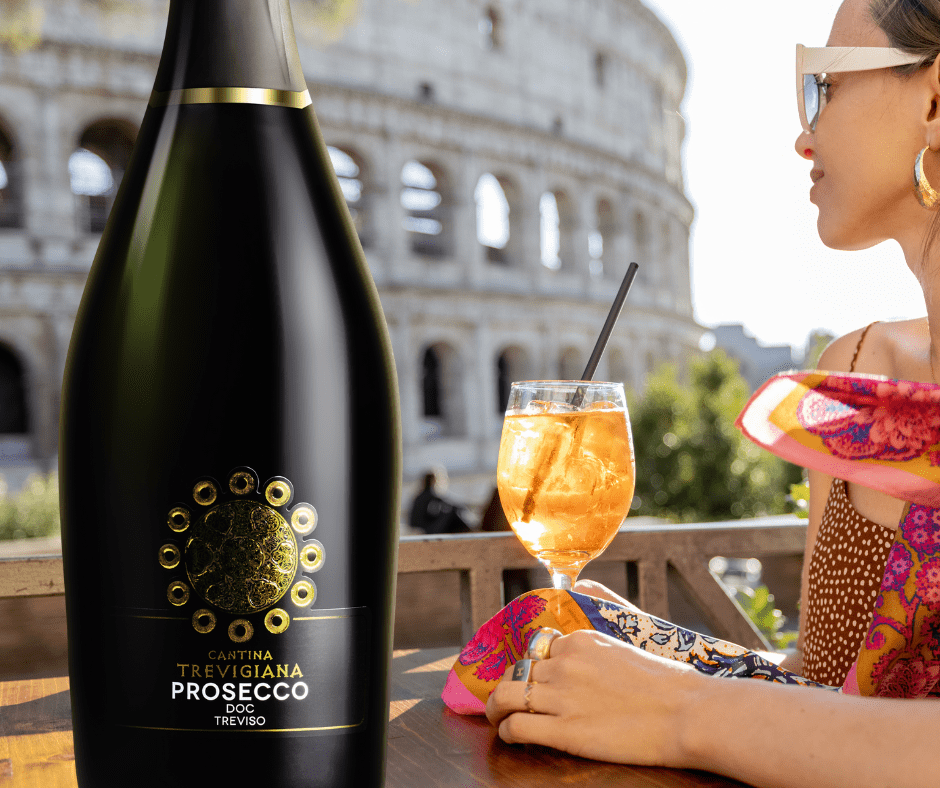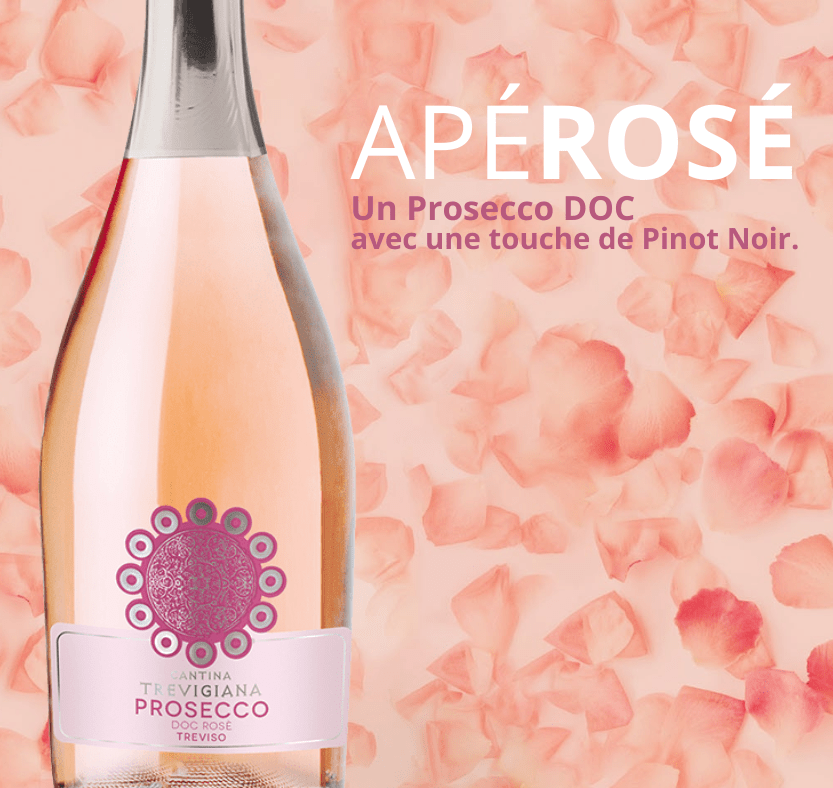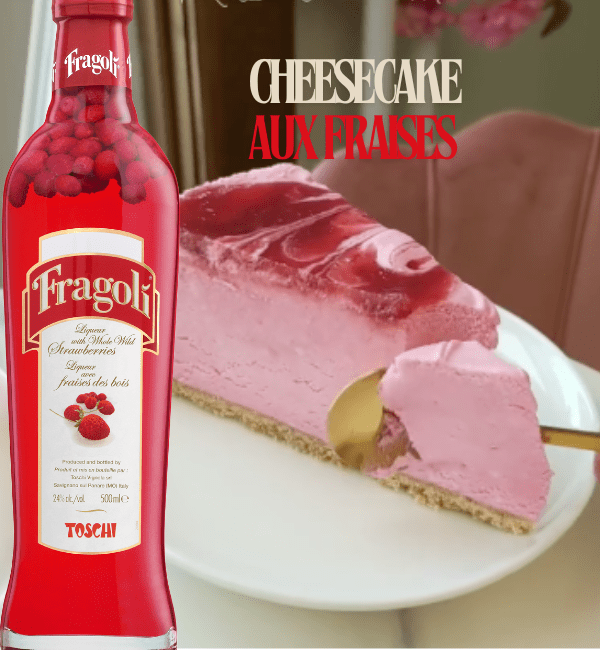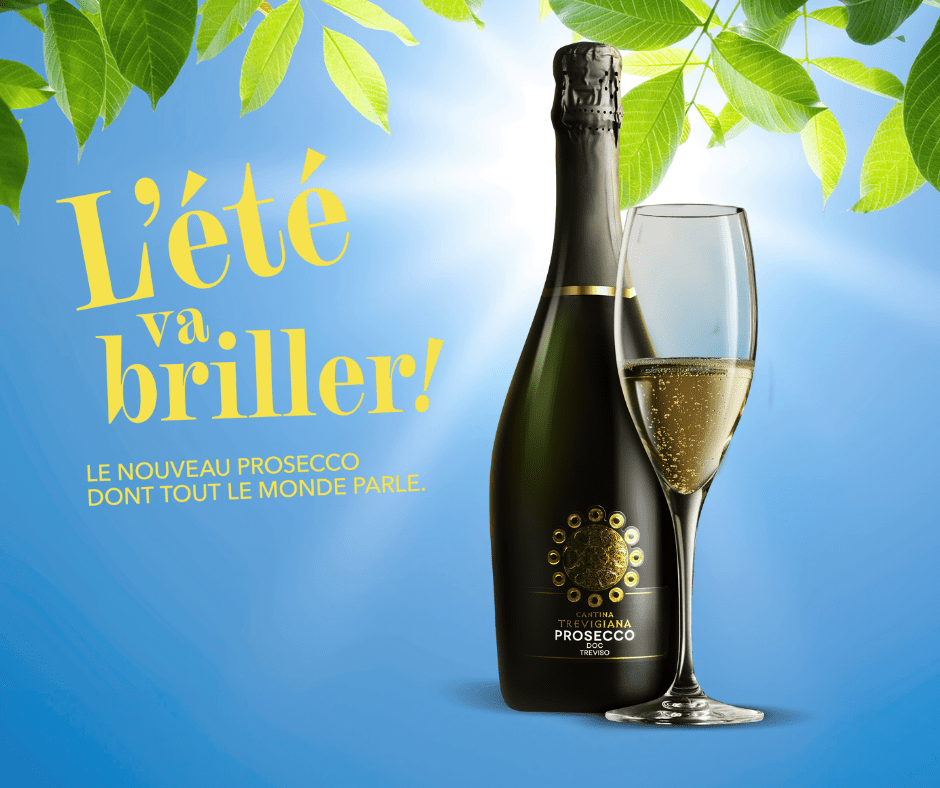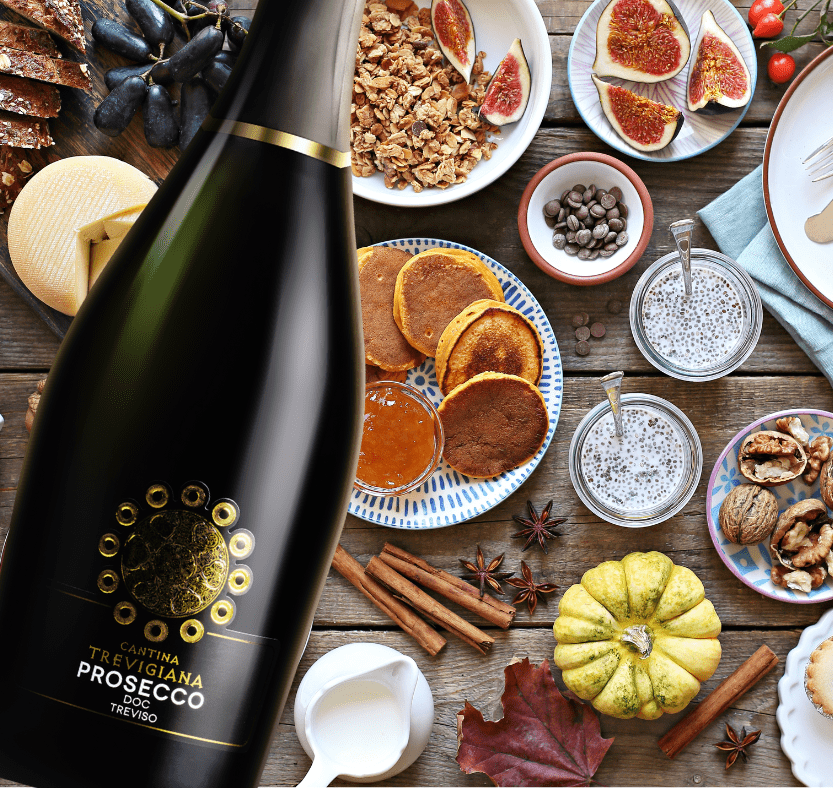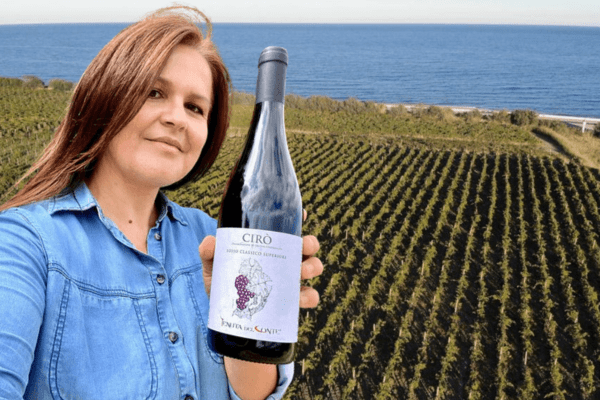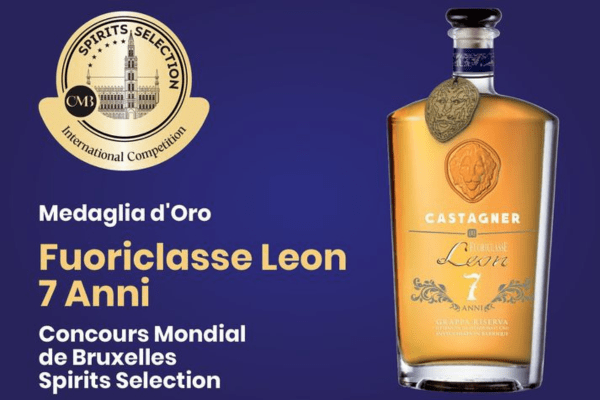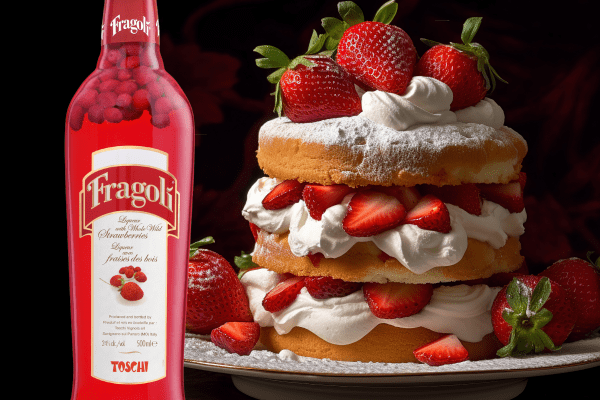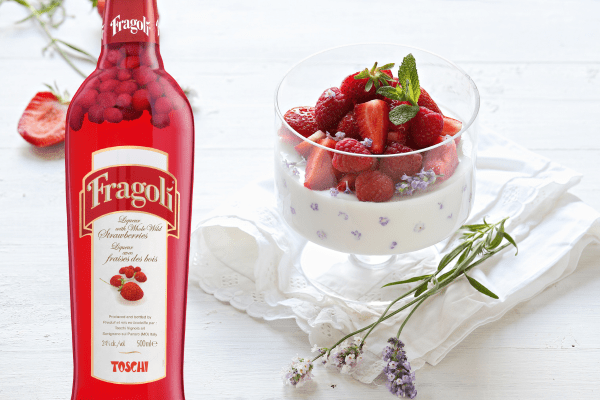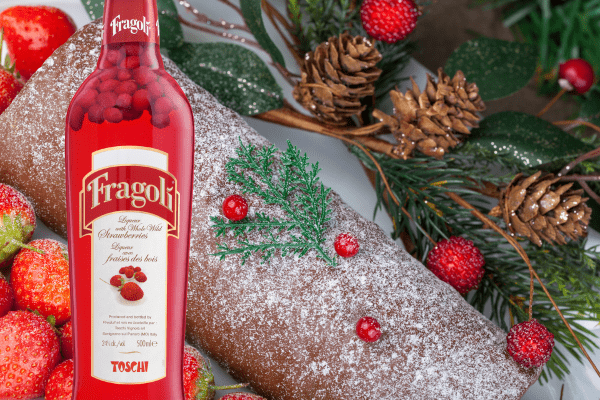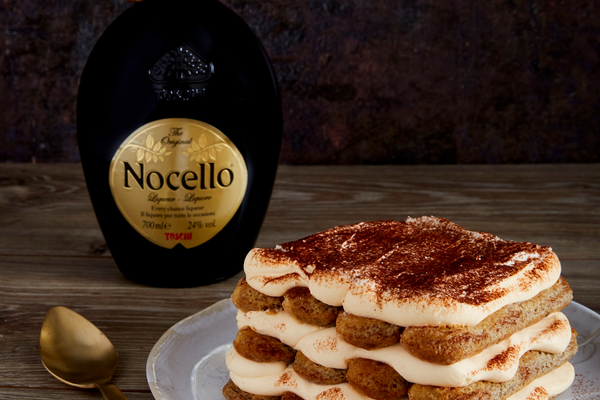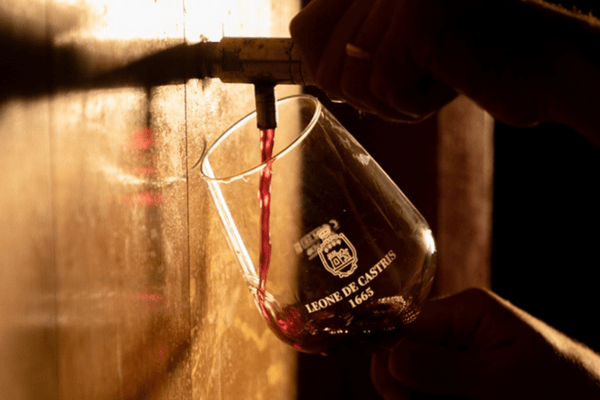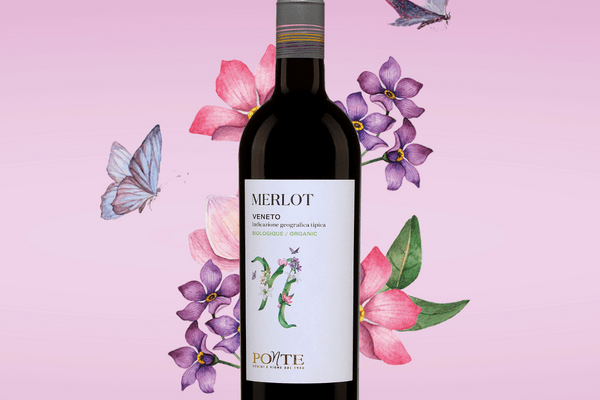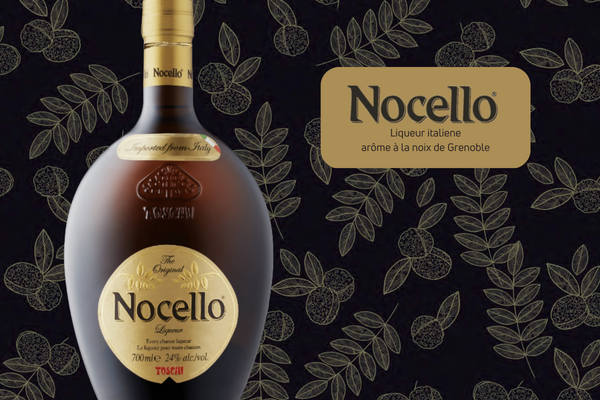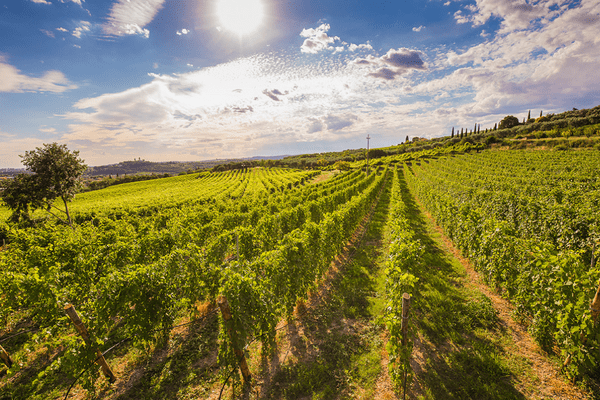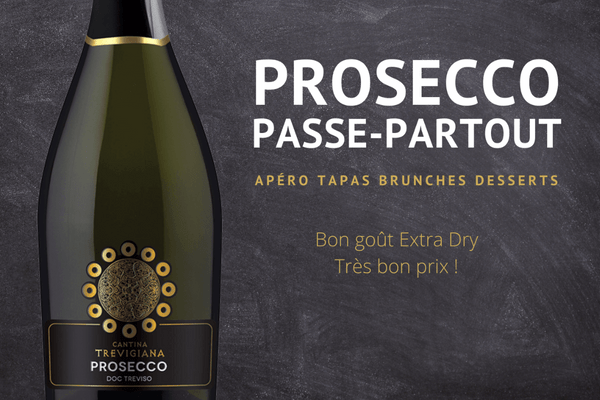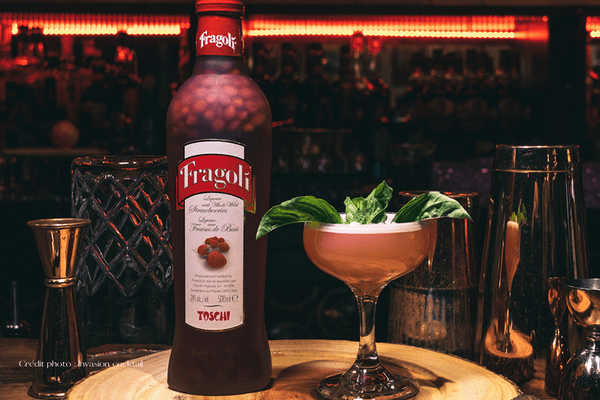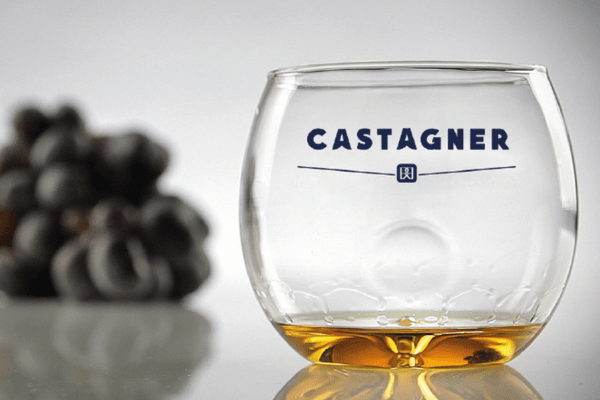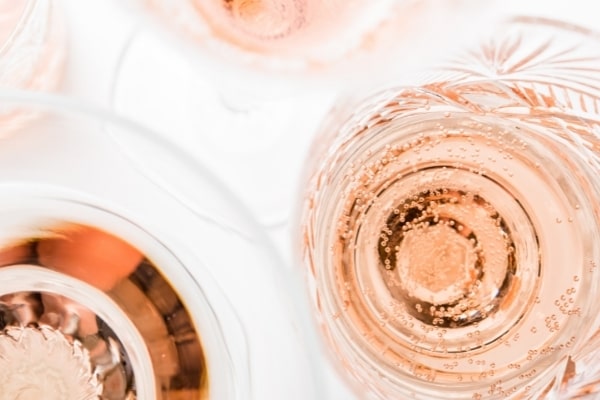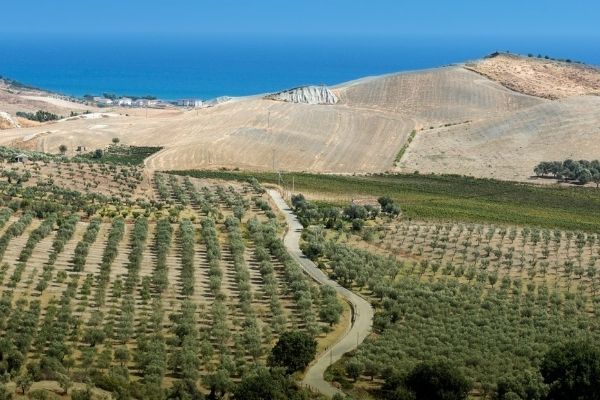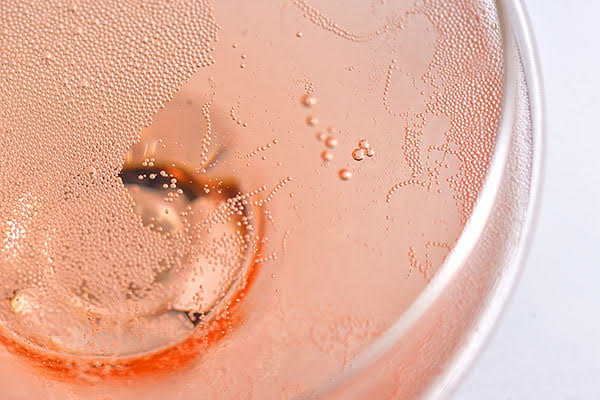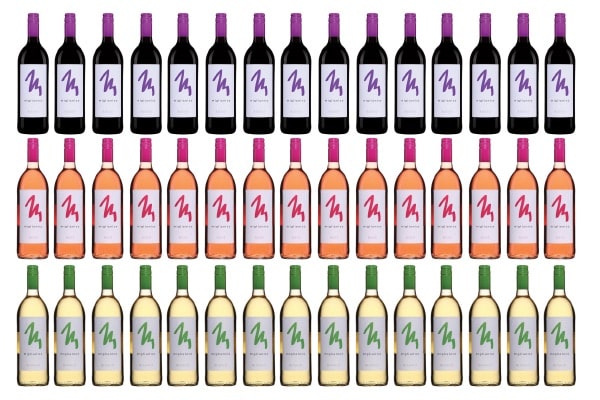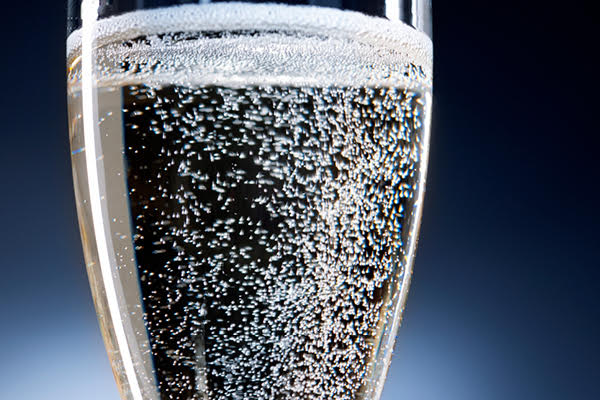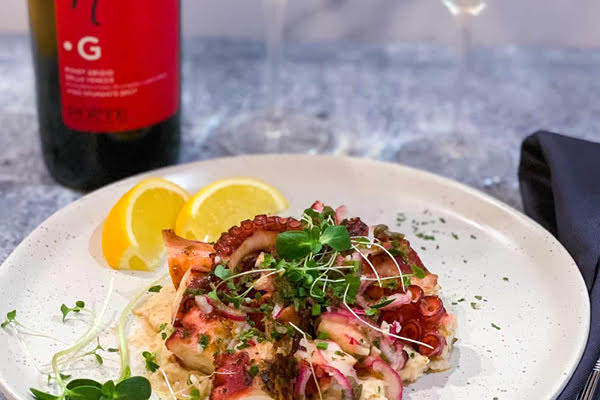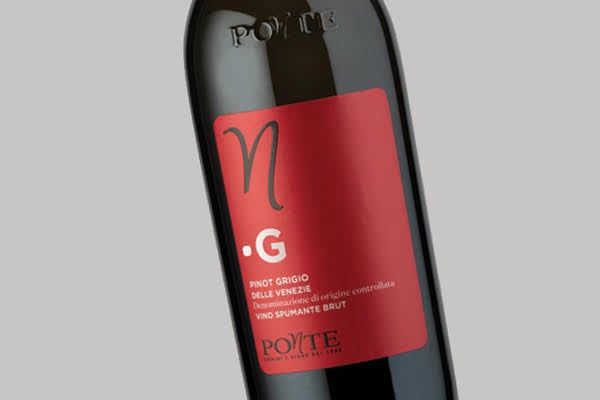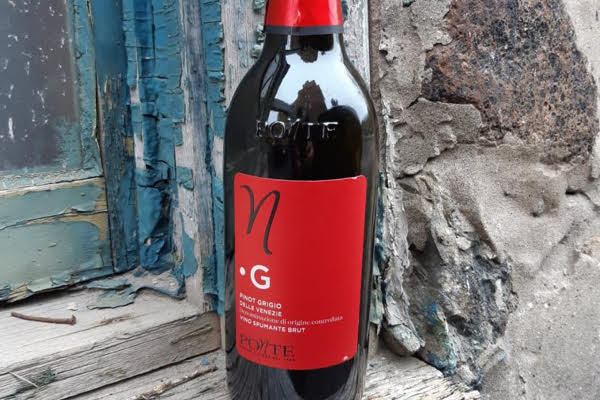
Sugar Levels in Sparkling Wines: Everything You Need to Know About the Impact of Sugar on Sparkling Wine Taste
The Sweetness of Sparkling Wines:
Sparkling wines made using the traditional method are typically quite dry. They range from Brut Nature (no sugar added) to sweeter styles like Demi Sec (more sugar). Most Champagne houses prefer dry Brut styles, in response to current consumer preferences.
Extra Dry, Dry, Brut, and Extra Brut: Differences in Italian Sparkling Wines Prosecco
Prosecco, Italy's most popular sparkling wine
Prosecco is currently the most consumed Italian wine in the world, with around 500 million bottles sold each year. It is grown on over 25,000 hectares of vineyards in Friuli and Veneto, two regions in Italy renowned for this sparkling wine. While often enjoyed on its own or in a Spritz cocktail as an aperitif, Prosecco can also pair well with meals. Since 2009, it has been granted DOC status and is available in several styles: extra dry, dry, brut, and extra brut.
You may be wondering which Prosecco is driest or which one is sweetest? Contrary to what one might think, extra dryProsecco is actually sweeter than extra brut. It is often perceived as slightly sweeter because it contains between 12 and 17 grams of sugar per liter. This is what makes it more approachable for those who prefer a light sweetness without being overly sugary.
What is Brut and Extra Brut Prosecco?
The difference between extra brut and brut lies in the amount of sugar left after fermentation, known as residual sugar. An extra brut Prosecco contains between 0 and 6 grams of sugar per liter, while a brut can have up to 12 grams. Both styles are relatively dry, but extra brut is more austere, with a more pronounced acidity and a drier profile, while brut is rounder and more balanced. Brut Nature, on the other hand, is a wine with no added sugar (0 g of sugar per liter), making it the driest style of all, ideally served for those who enjoy pure, unsweetened bubbles.
Brut Nature and Zero Dosage: The Essence of DrynessBrut Nature and Zero Dosage are two of the driest sparkling wine styles available. These two categories contain no added sugar after fermentation, making them ideal for those who prefer wines that are completely dry, with no residual sweetness.
- Brut Nature: This style of Prosecco is one of the driest, with a residual sugar level of 0 grams per liter. This wine expresses the purest form of bubbles, highlighting the wine's acidity and freshness, with clear aromas and delicate effervescence.
- Zero Dosage: Sometimes confused with Brut Nature, Zero Dosage goes even further by containing no sugar added during the fermentation process or maturation stage. This style, often rarer, emphasizes the wine's minerality and structure, offering a tasting experience without compromise.
These wines are particularly suitable for lovers of clean and crisp flavors, appreciating the purity of the bubbles and the natural elegance of the wine.
What is Extra Dry and Dry Prosecco?Prosecco dry is sweeter than extra dry, with a residual sugar content of 17 to 32 grams per liter. It’s a great option to pair with desserts. Extra dry Prosecco contains between 12 and 17 grams of sugar per liter, making it slightly sweeter than brut, but still dry enough to be refreshing as an aperitif.
Prosecco: More Popular Than Champagne?
At many events and parties, Prosecco is sometimes preferred over Champagne. This preference can partly be explained by the different production methods: Prosecco is made using the Charmat method (or Italian method), where secondary fermentation occurs in pressurized tanks, while Champagne uses the traditional method, with secondary fermentation in the bottle. In terms of flavor, Prosecco tends to be fruitier and creamier than Champagne, which is usually drier, and it is also more affordable.
Summary of Prosecco Categories
• Extra Brut: 0 to 6 g of sugar per liter (very dry, no sugar added)
• Brut: Up to 12 g of sugar per liter (dry and balanced)
• Extra Dry: 12 to 17 g of sugar per liter (slightly sweeter, ideal for aperitifs)
• Dry: 17 to 32 g of sugar per liter (sweeter, perfect with desserts)
Residual Sugar in Sparkling Wines: The Perfect Balance
The residual sugar level in sparkling wine plays a crucial role in the overall taste balance. Too much sugar can give a heavy or overly sweet sensation, while too little can make the wine too dry, lacking roundness. This is where a well-balanced wine stands out.
With a sugar content of between 13 and 14 g/L, the Prosecco DOC Treviso from Cantina Trevigiana is an excellent example of this perfect balance. With a carefully controlled dosage, this Prosecco is remarkably well crafted, offering a harmonious and enjoyable tasting experience. No sweetness is perceptible, allowing its freshness and finesse to shine through. Its Extra Dry profile is ideal for those seeking a sparkling wine that is light, refreshing, and perfectly balanced, without excess sugar. A Prosecco that succeeds in blending purity and sophistication, without ever compromising its character.
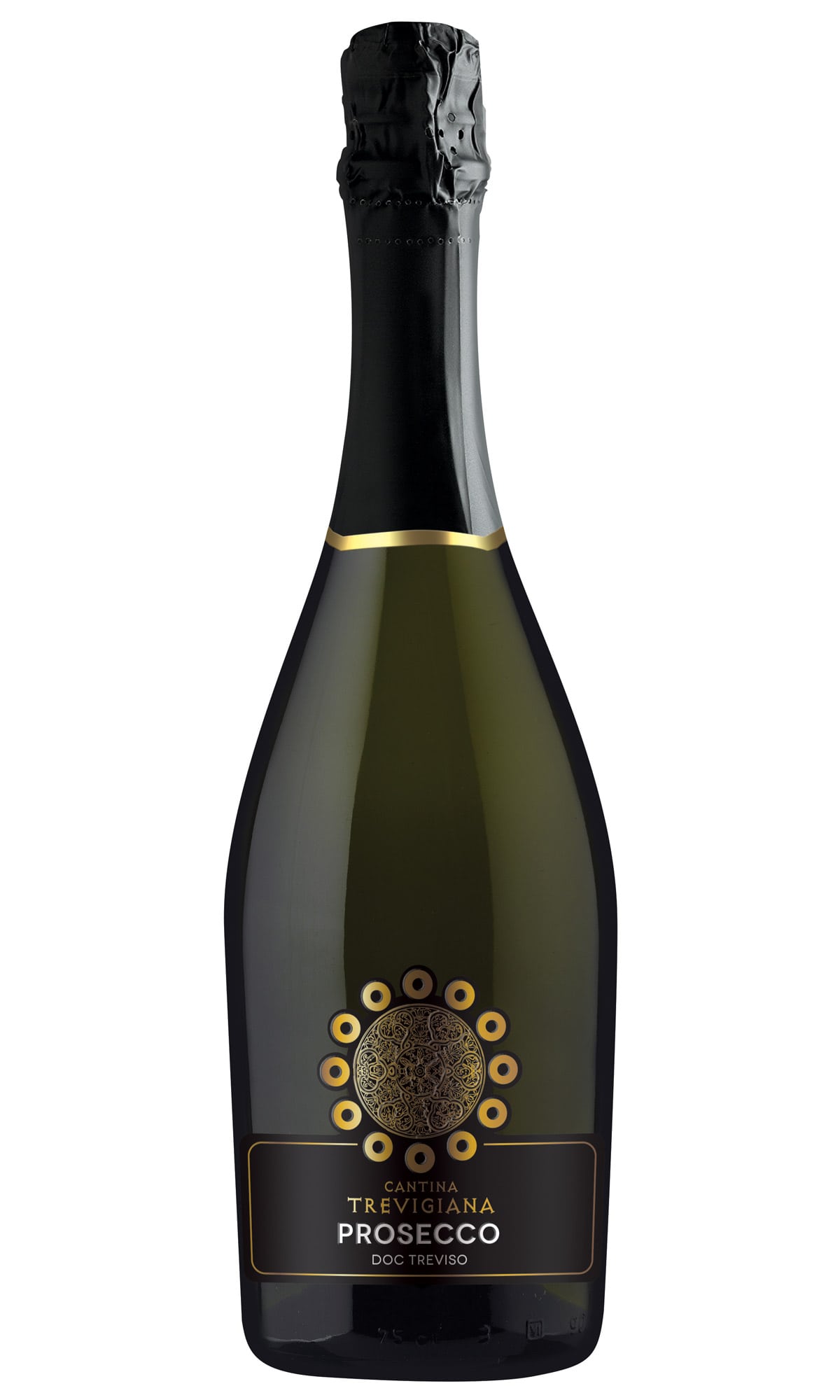
Frizzante vs. Spumante
It’s also important to distinguish Frizzante from Spumante. Frizzante is a lightly sparkling wine, while Spumante is more effervescent, with more intense bubbles. Both types of Prosecco are made using the Charmat method, but the duration of secondary fermentation differs, giving Spumante more pronounced effervescence.
It is essential to understand the difference between Frizzante and Spumante, two types of sparkling wines produced in Italy. Frizzante is a lightly sparkling wine, with less intense bubbles. The secondary fermentation, which generates the bubbles, is shorter, resulting in a softer effervescence. This type of wine is less expensive to produce because the fermentation process is quicker and requires less handling.
Prosecco DOC, on the other hand, follows the Spumante style, which is more effervescent and sparkling. The secondary fermentation occurs in tanks, under pressure, and lasts longer. This process gives Prosecco Spumante finer, longer-lasting bubbles. Although Frizzante is less costly to produce, Prosecco Spumante has superior quality due to its more complex production method, offering more intense aromas and elegant effervescence.
Prosecco Spumante is therefore the style that most Prosecco DOC wines correspond to, and is often seen as more refined. It is also more expensive to produce due to the extra time required for fermentation. Spumante wines are typically used for more formal occasions, where the effervescence and complexity of the wine are appreciated. In contrast, Frizzante wines are associated with more casual settings, where a lighter bubble is sufficient.
Order your bottle now on SAQ.com and let the bubbles of Treviso charm you!



